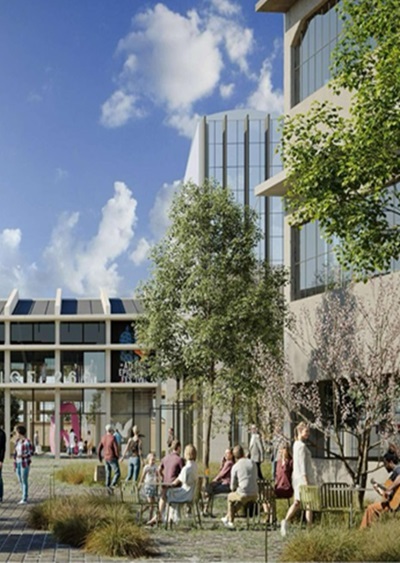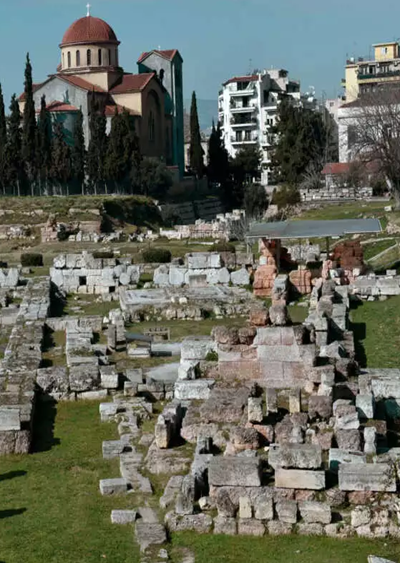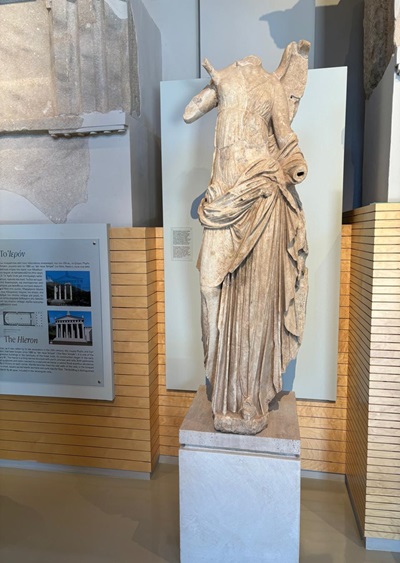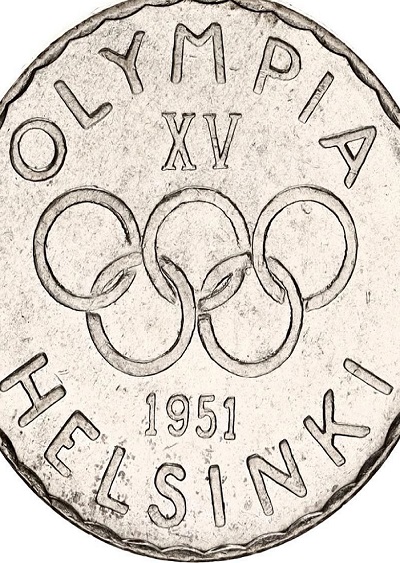
The excavation research conducted by the Aristotle University team in Philippi was completed on Friday 16 September 2022, with Professor Natalia Poulou as the director of the excavation and associates Assistant Professor Anastasios Tantsis and Professor Aristotle Menzo. Twenty-four (24) students of the Aristotle University of Thessaloniki took part in the excavation (18 undergraduate students, 3 postgraduate students and 3 doctoral candidates). The research was funded by the regular budget of the University and the Research Committee, AUTH.
This year the excavation continued on the eastern side of one of the main streets of the city, which at this point meets another main axis passing further north. The point of convergence of the two streets is formed by a widening (a square) dominated by a richly decorated building, probably a fountain.
The building bore a particular architectural decoration, fragments of which have been uncovered. The decoration was complemented by an impressive statue from the Roman period (2nd century AD). The statue, which is larger than life-size, depicts Hercules in a youthful body. The club, which has been found in fragments, and the lion hanging from the left protruding hand attest to the hero’s identity. On the brows of the crown he wears a wreath of vine leaves which is held at the back by a ribbon whose ends end at the shoulders.
This statue adorned a building which, according to the excavation finds, dates back to the 8th/9th century AD. We know from the sources and from archaeological data that in Constantinople statues from the Classical and Roman periods adorned buildings and public spaces until the late Byzantine period.
This finding demonstrates the way in which public spaces were decorated in the important cities of the Byzantine Empire, including those of the Philippi.
The excavation will continue next year.





Leave A Comment